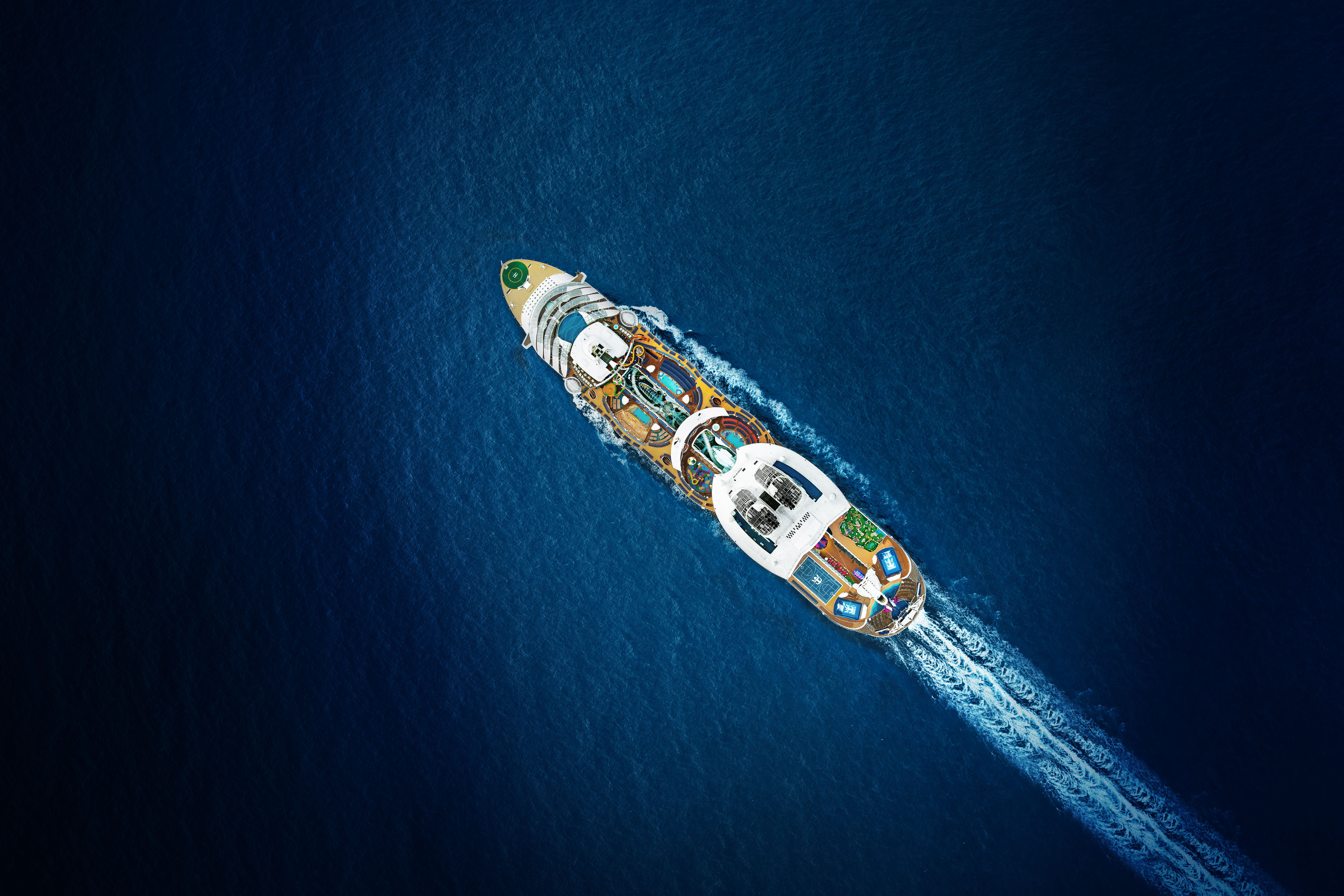EY refers to the global organization, and may refer to one or more, of the member firms of Ernst & Young Global Limited, each of which is a separate legal entity. Ernst & Young Global Limited, a UK company limited by guarantee, does not provide services to clients.
How EY can help
-
EY-Parthenon TMT Strategy Consulting teams help develop and deliver transformative growth, transaction, digital and value creation strategies. Learn more.
Read more -
EY Studio+ helps organizations build differentiated experiences that adapt with customers and drive sustainable long-term value. Read more on studio.ey.com.
Read more
The industry has made progress in appealing toward younger generations as a complement to the repeat (and generally older) stalwarts. Yet the EY-Parthenon Cruise Industry Consumer Survey, completed in the first half of 2023, shows how much work remains: among all age groups, members of Gen Z and millennials are the least aware of cruise brands and the least likely to purchase a cruise trip in the next three to five years. In short, they are a demographic to be captured now — or lost later. Rather than waiting for them to gravitate toward cruises and then secure their loyalty, brands should be out in the market with the new generation’s interests in mind in the marketing channels they frequent.
Their importance cannot be overstated: they constitute 28% of the world’s population, reflecting $360 billion in purchasing power (as of 2021) that will only continue to grow, according to the Gen Z Segmentation Study 2022. The new-to-cruise segment is anticipated to experience significant growth as about 50% of the survey respondents who had never been on a cruise are likely to do so in the next three to five years.
Catering to their preferences — such as (for example) easier booking tools with more destination variety, personalized experiences, and excursion options and add-ons — also offers ways to present a new value proposition to existing customers and strengthen market share. Here are three key takeaways.





